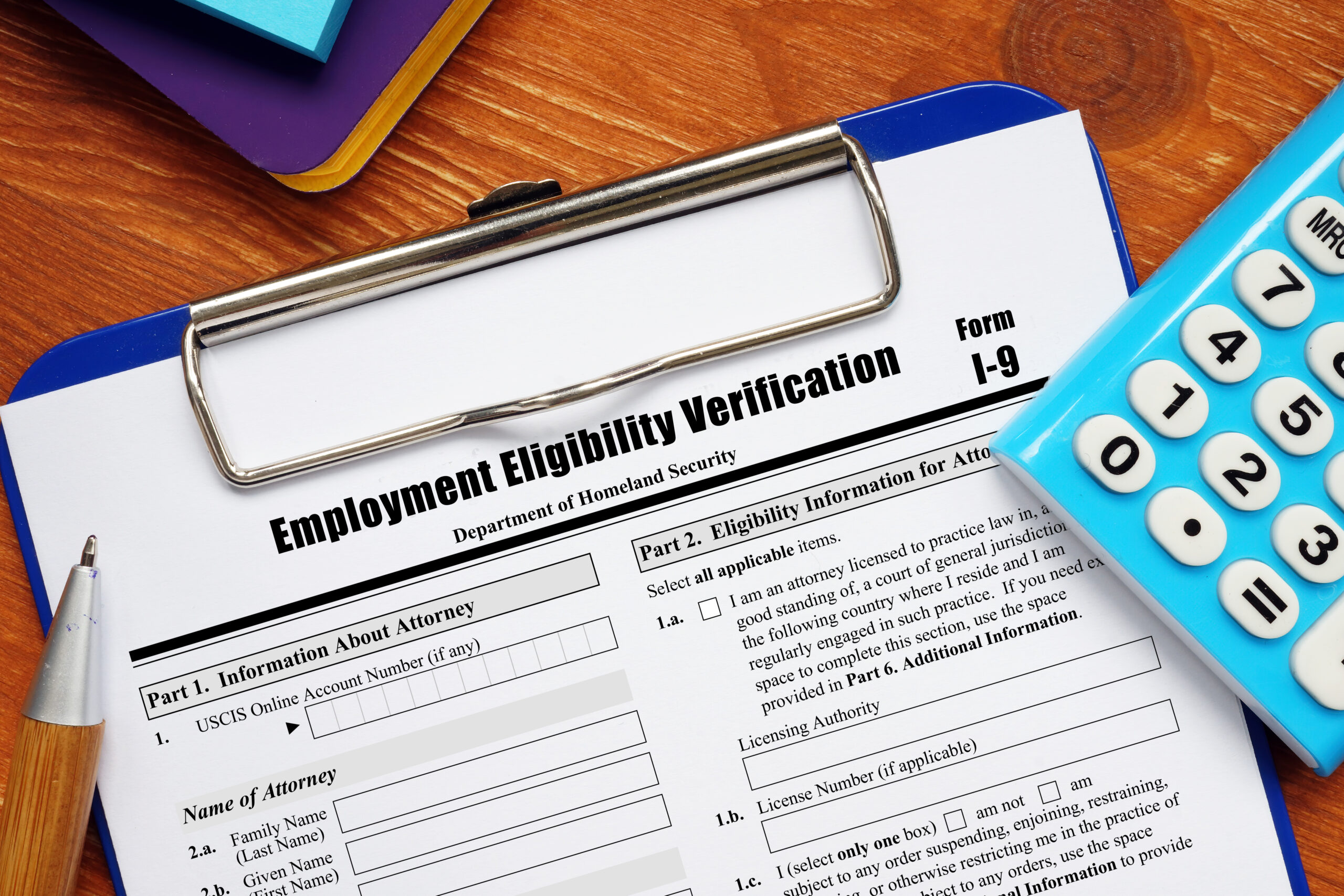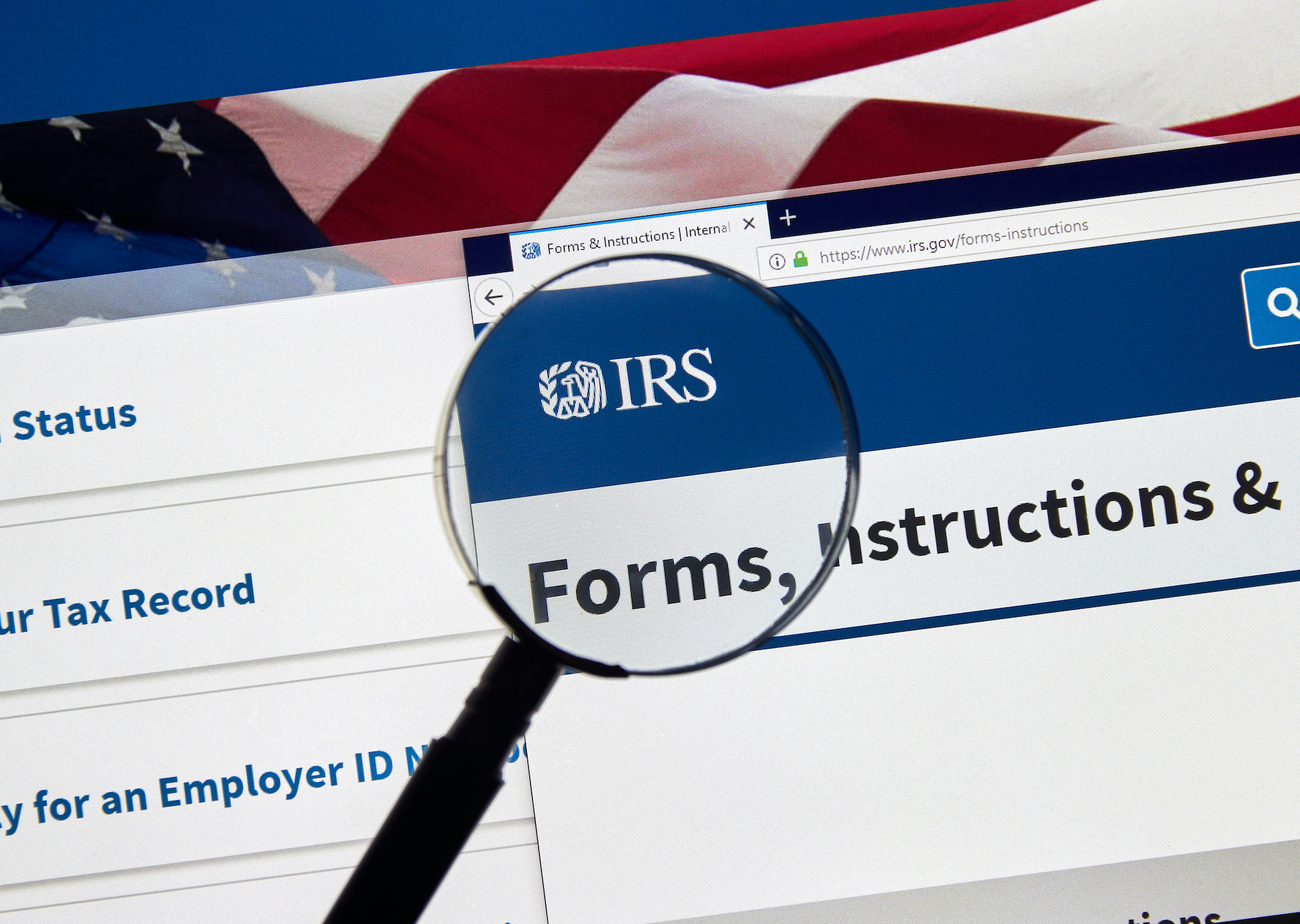Not many Managers have experience firing an employee. Terminations can be emotional and awkward, so being prepared is crucial to ensure the experience goes as well as possible for the ex-employee and representatives of the company.
Pre-Termination Best Practices
Have employees read and sign an employee handbook or code of conduct during the on-boarding process. If you update your handbook, have employees sign a new acknowledgment. Being able to demonstrate that a former employee violated the company’s code of conduct can be crucial in defending against a wrongful termination suit or unemployment liability hearing. Make sure your companies policies explicitly state that discrimination, harassment, and other forms of illegal behavior are strictly prohibited.
For employees who belong to a protected class, having the individual sign a release can be a good way to limit potential lawsuits. Have a lawyer draft this document, as there is specific language that must be included for it to stand up in court. Offering additional severance in exchange for a signed release can prevent major legal and financial headaches down the road. Make sure any releases are compliant with the Age Discrimination Act.
Employees should have a clear understanding of their job requirements and the company’s expectations for all employees in regard to workplace behavior. Clearly define the reason(s) the employee is being terminated beforehand.
Creating a Plan
Document issues that come up with problematic employees. Good records can help you back up claims of absenteeism, workplace disruptions, and other grounds for termination. If you have a progressive discipline policy, make sure you follow it. Make sure that any disciplinary memo states, “failure to remedy this problem may result in further disciplinary action, including termination.” It is also a good idea to put a review date in these memos 30 or 60 days in the future.
Set up a performance improvement plan (PIP) to allow the employee time to improve. This helps to (1) inform the employee they are performing below expectations and (2) serves as a warning that termination is likely given that their performance does not improve.
Is this termination due to a company-wide reorganization or layoff? Be sure to check if your are subject to the WARN Act if you are laying off a significant amount of people or closing a location.
Preparing for Firing an Employee
It is always a good idea to have a HR representative present in the meeting. Employees may get emotional, and having more than one person in the room can help limit potential outbursts. In some cases if there is a mass layoff, we recommend you consider contracting with off-duty law enforcement or a security firm if you anticipate problems.
Have documentation of performance issues ready beforehand. This includes signed codes of conduct handbooks, incident reports, performance reviews, and other relevant documentation.
Define a “trigger event” that lead to the decision to terminate this employee. Without a triggering event, an employee can claim old issues were brought up to validate an otherwise unjustifiable termination. Again, documentation is important.
Check the law in your state regarding final payments. Many states require employers to provide employees with a physical check (including all accrued overtime, vacation, and other pay items) at the time of termination. Other states allow you to pay the employee in the next regularly scheduled payroll.
If you are terminating a full-time, benefits eligible employee be sure to prepare your benefit information. Have your HR representative ready to walk the employee through the steps of electing and enrolling in COBRA, premium prices, and length of coverage.
During the Meeting
Being fired can be a traumatic experience, and your employee may react with a range of emotions. Be ready to listen, first and foremost. Also, do not get caught up in responding to comments. If you’ve already reached a final decision, do not get pulled into a negotiation with the individual about keeping their job. Be respectful but firm in your decision. Have your HR representative ready to step in if tempers flare.
Get to the point. Any initial small-talk may create confusion on the behalf of the employee being fired, which could make their reaction worse. Additionally, set the tone by saying “We are meeting to discuss your employment status” or something similar.
Clearly state the reasons for termination. Reference your backup materials to reinforce your point.
Be prepared for questions. Terminations almost always lead to a number of questions that need to be answered immediately. Basically, have your HR representative come prepared for questions regarding benefits, final payments, return of and company property.
Logistics of Firing an Employee
Normally it is best to do this at the end of the day. You can either ship the employees personal items or let them go back to their desk. Additionally, shipping items allows them to leave without disrupting work.
Make sure that IT and Finance knows this is coming. Credit cards should be turned off and user access to company networks should be cut off. Consequently, a plan for return of property is important. This is especially true given the prevalence of home office workers.
We assist our clients daily in regard to workforce management. If you have any questions, please contact us.





